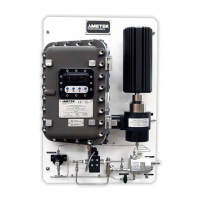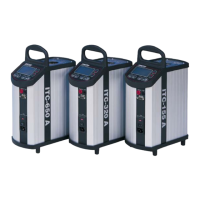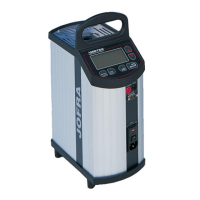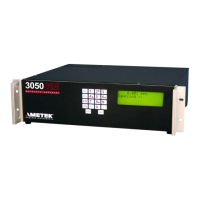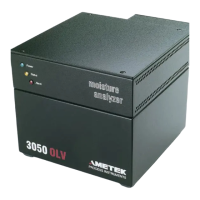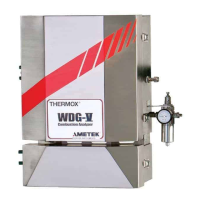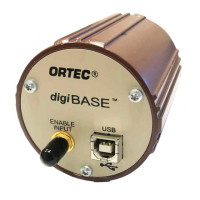5-4 | IPS-4 Dual Bench (UV / IR) Analyzer
Analyzer Preventive Maintenance Schedule
As required Clean the Analyzer
Cleaning the exterior of the analyzer is required occasionally to re-
move dust and other debris. Use a damp cloth to clean the analyz-
er’s exterior, including the User Interface Panel screen.
Daily
To view alarms, press the ALARMS soft key to view the Alarms
screen.
To view active alarms, select Current Alarms and press ENTER. For
detailed information about these alarms, refer to the alarm condi-
tions and corrective action in the “Troubleshooting and Diagnostics”
section of this chapter.
Check the history buers to see if alarms are recurring. The history
buers contain alarms that have been reset. To view a history of
alarms that were set by the analyzer but have since been reset,
select Alarm Log and press ENTER. If there is a history of alarms
that have been reset, the alarm descriptions are displayed. If there
is no history of alarms, “Log empty” is displayed. To scroll through
the list, use the UP/DOWN arrow key.
Monthly
Manually Zero the analyzer (from the Calibration screen, select
Start zero calibration and press ENTER).
After the Zero is complete, determine the sample response time by
switching the analyzer back to Measure mode (from the Calibra-
tion screen, select Start measure and press ENTER). Press the
HOME soft key to return to the HOME screen.
Observe the readings and record the time it takes the analyzer to
display the rst reading after the switch. Typically, a good response
time is less than 30 seconds to T90. Check your log book to verify
response times. A response time that is slower than normal may
suggest plugging problems in the analyzer sample system.
Refer to “Manually Zeroing the Analyzer Sample System” and “Ad-
justing the Sample Flow Rate” in Chapter 3. Also, refer to “Locating
a Plug in the Sample System” in this chapter for more information.
Monthly Temperature-Control Zones
Check the operating temperatures of all temperature-control zones
to ensure they are all within 5 °C (typical; set point may vary) of
their set points. Temperature deviations can be set to alarm. Record
and compare the current temperatures to the actual settings.
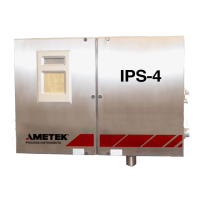
